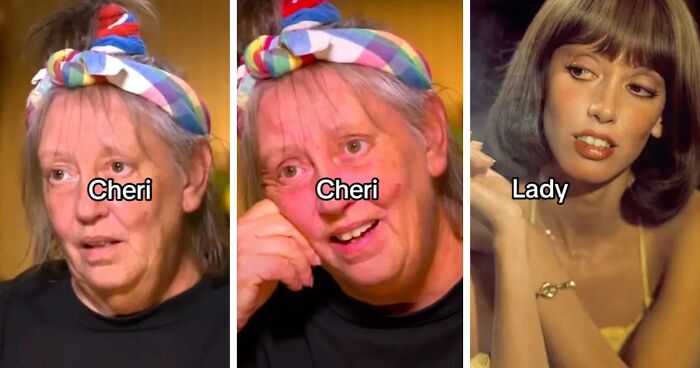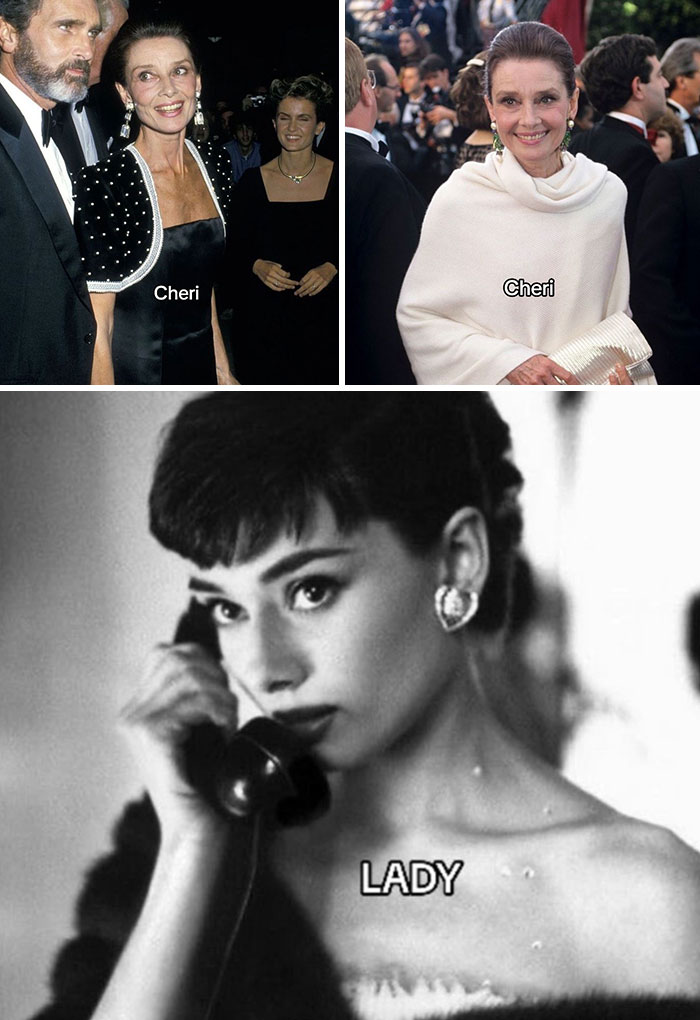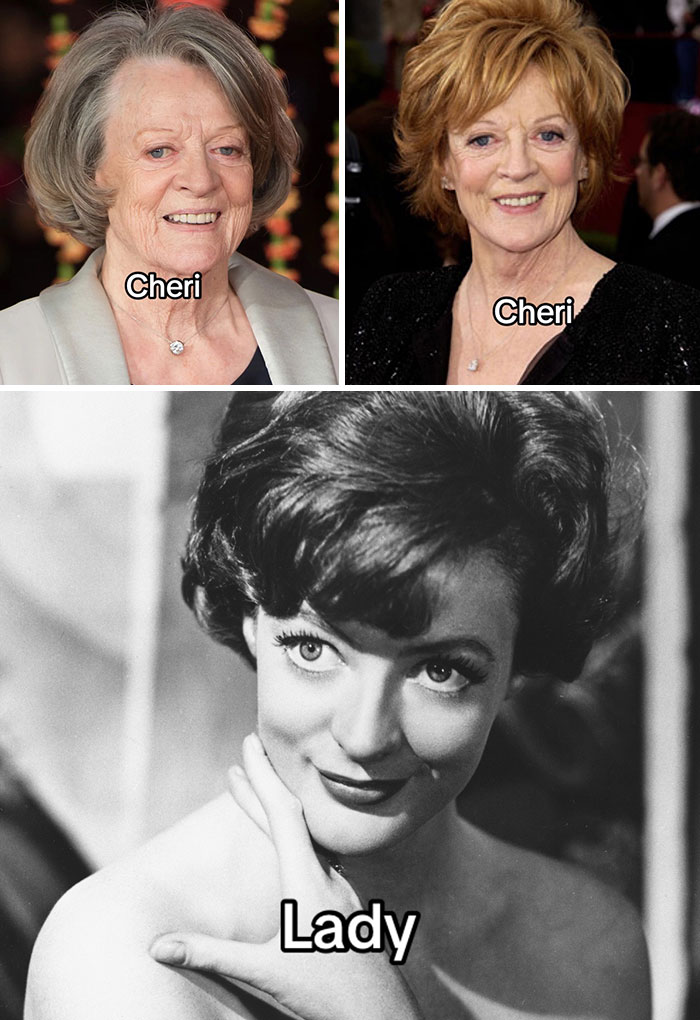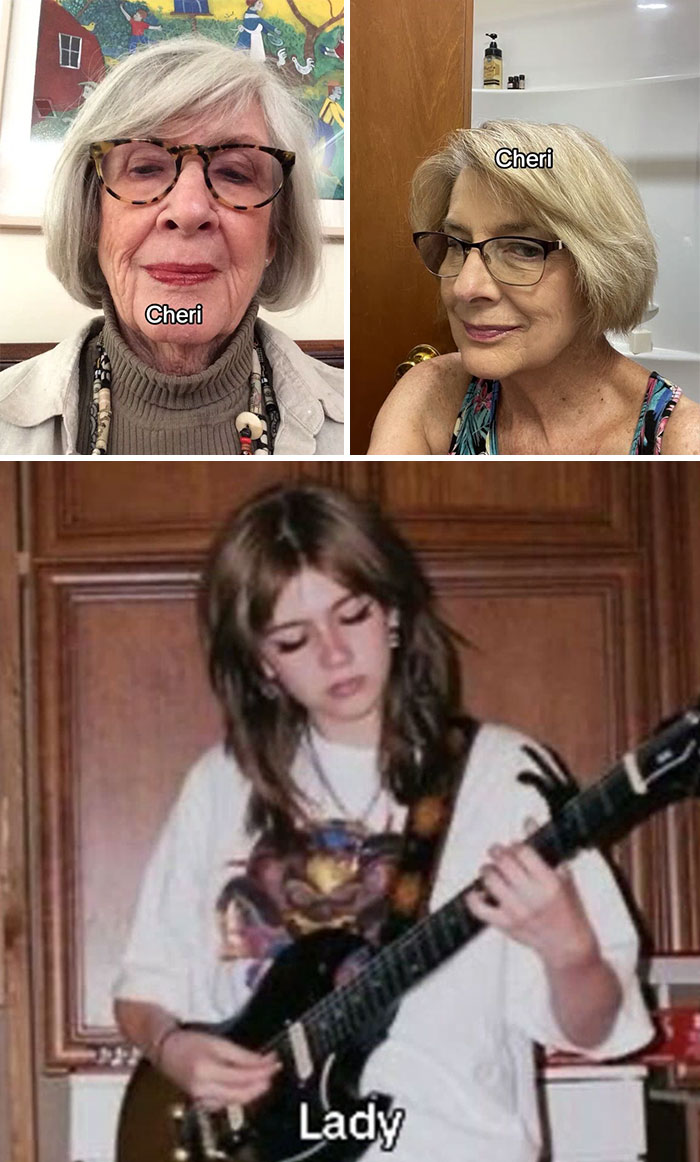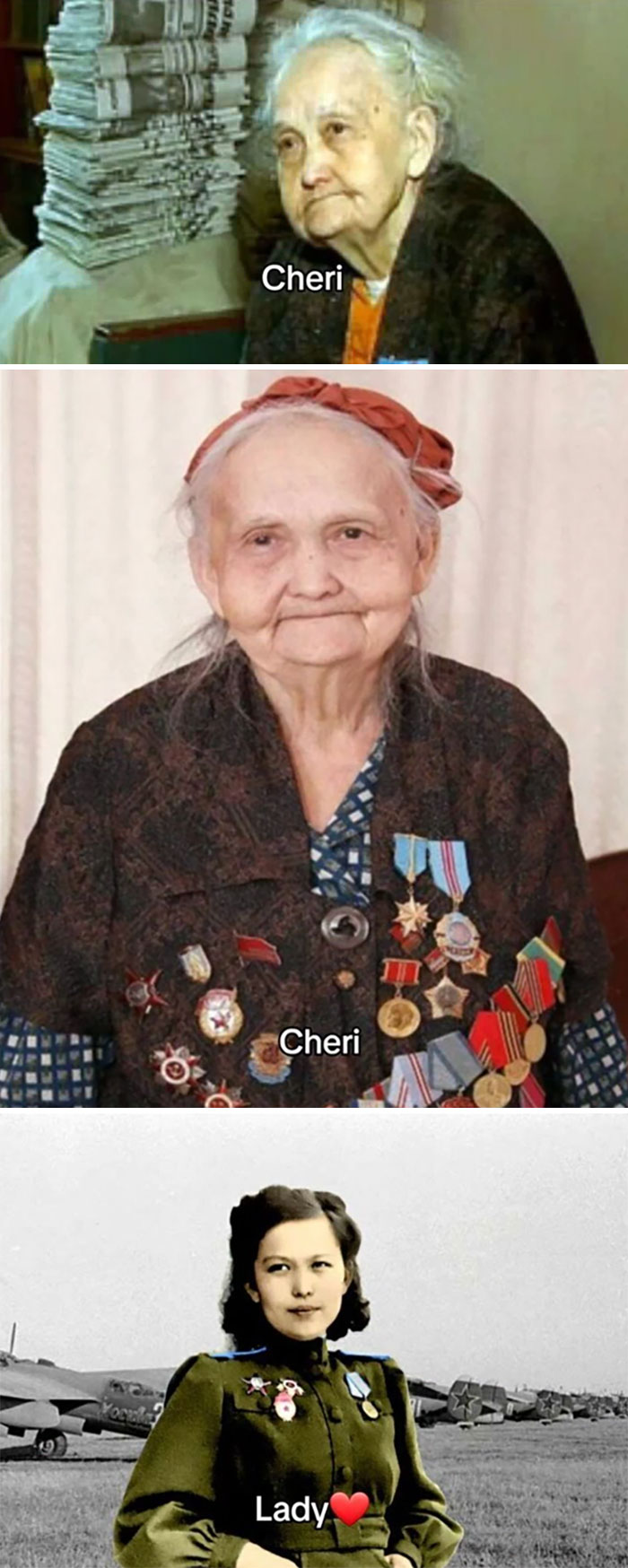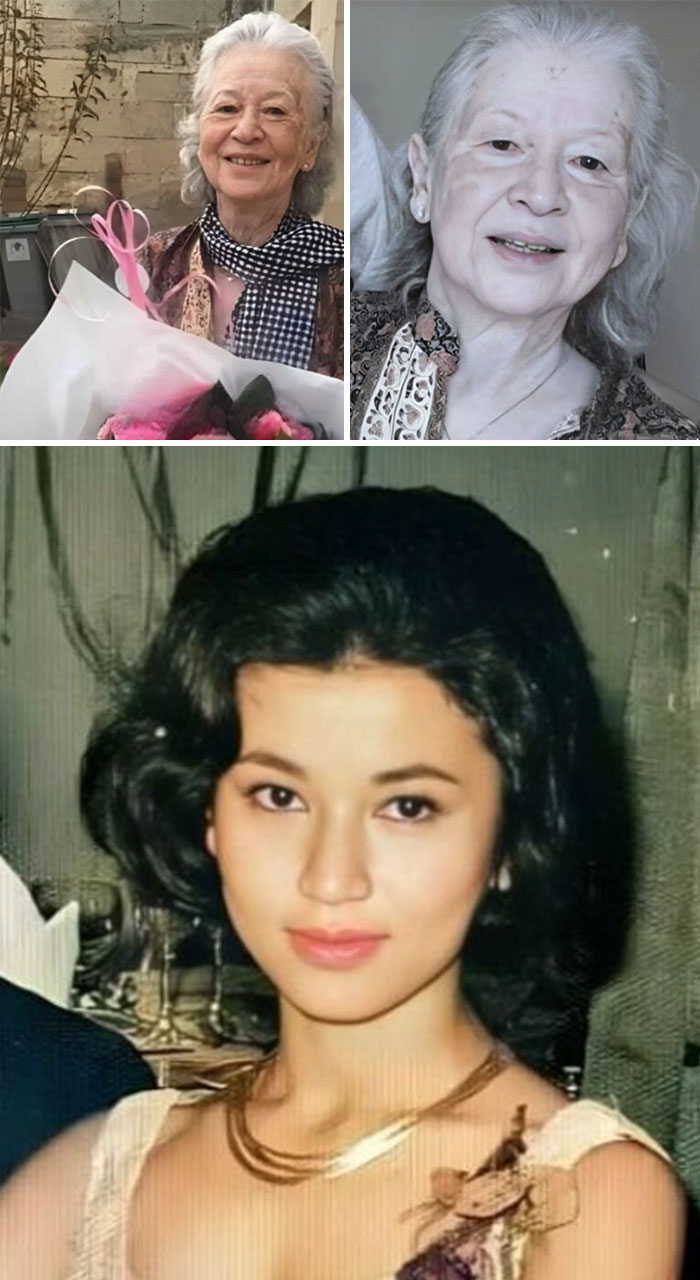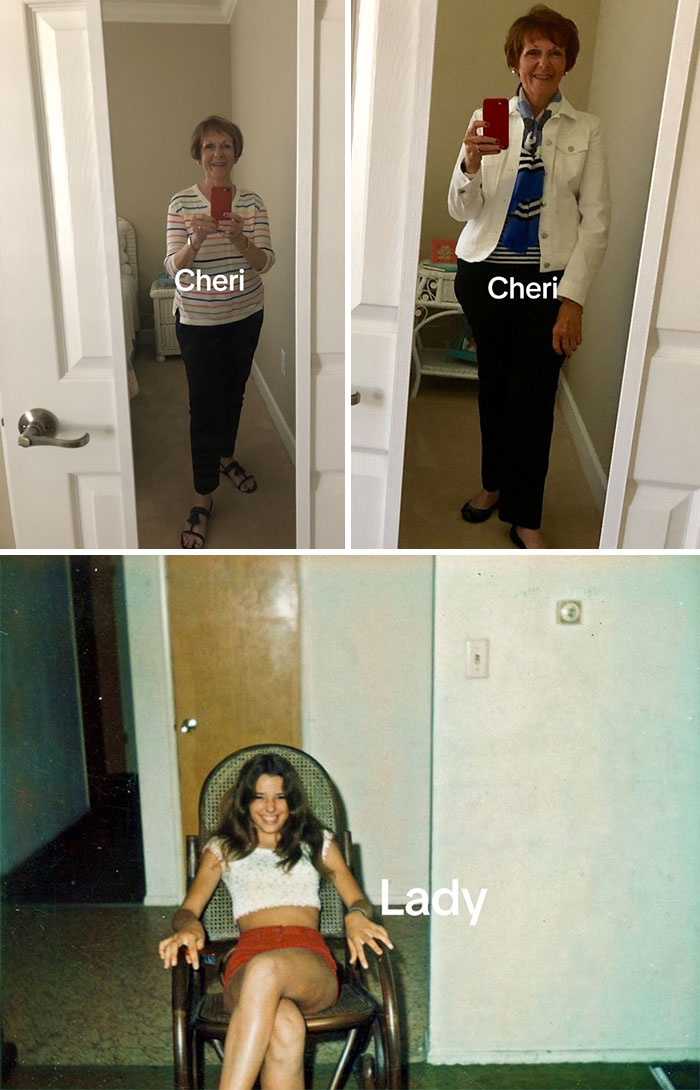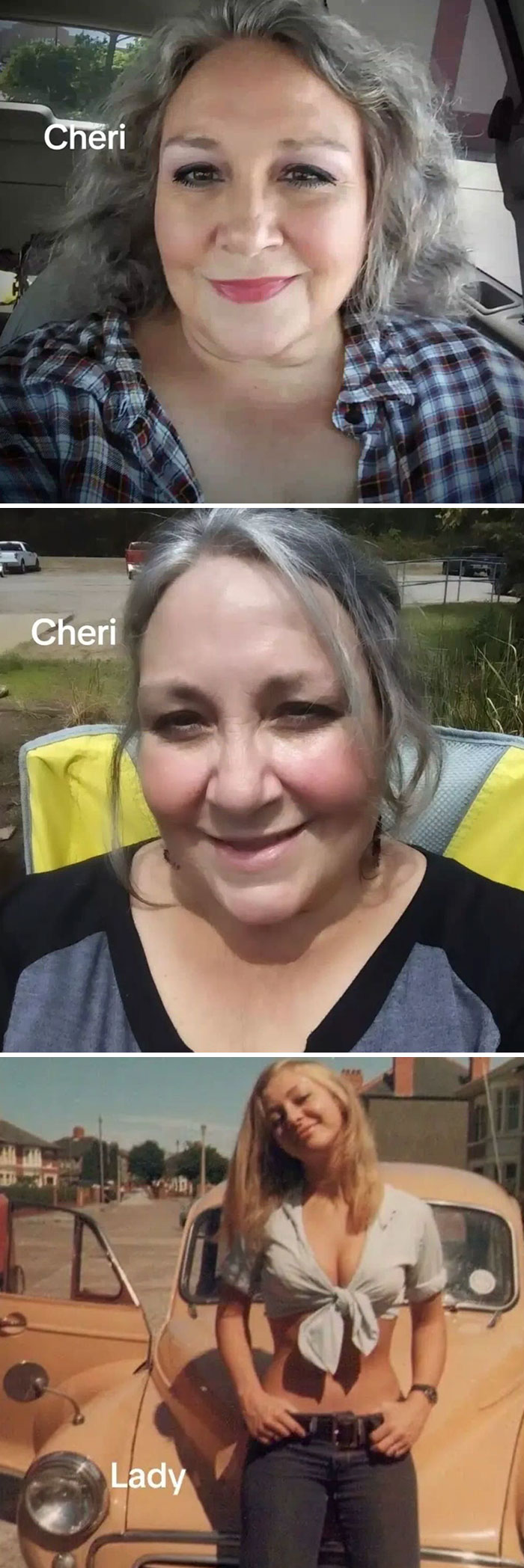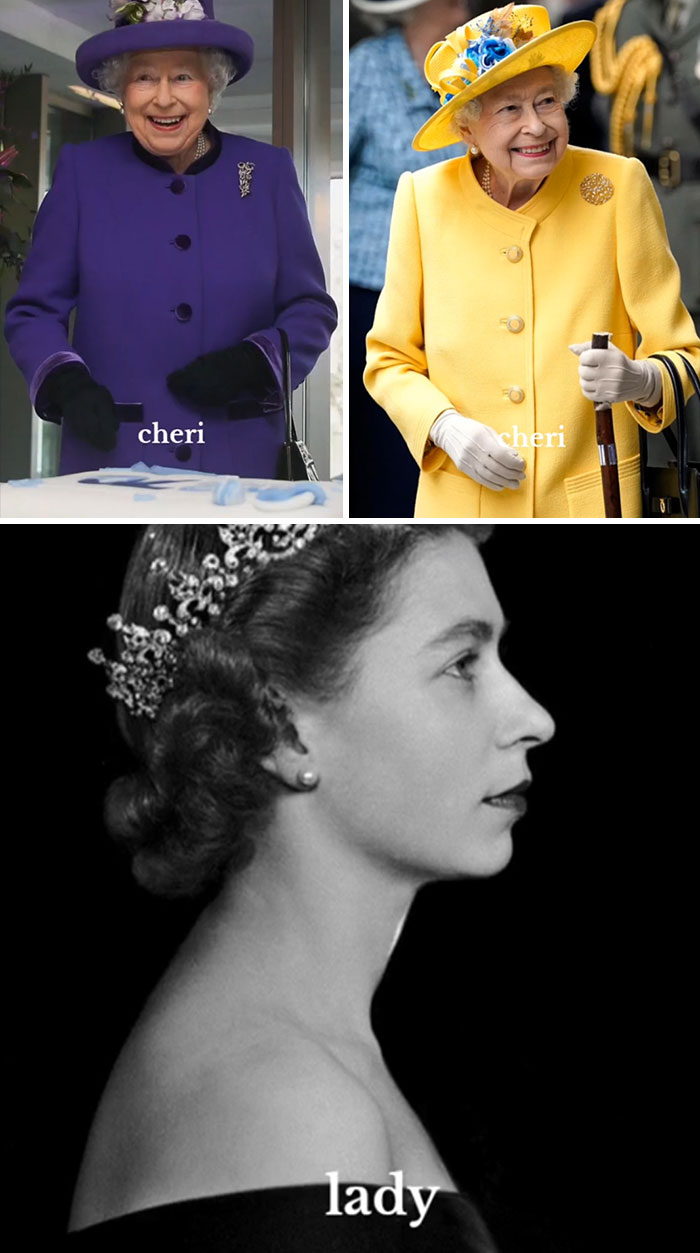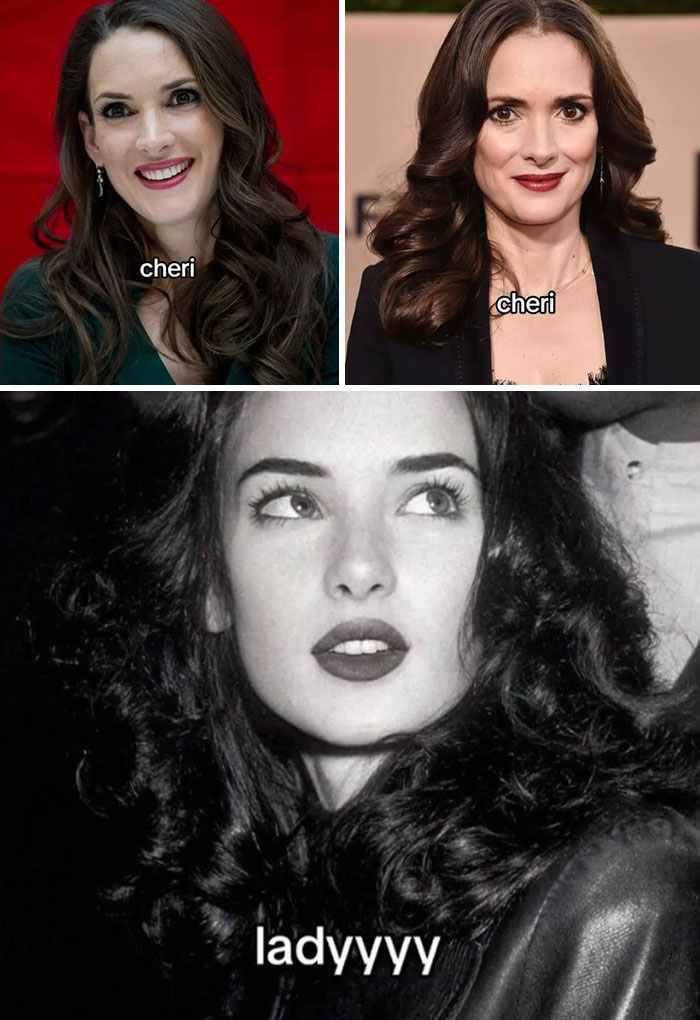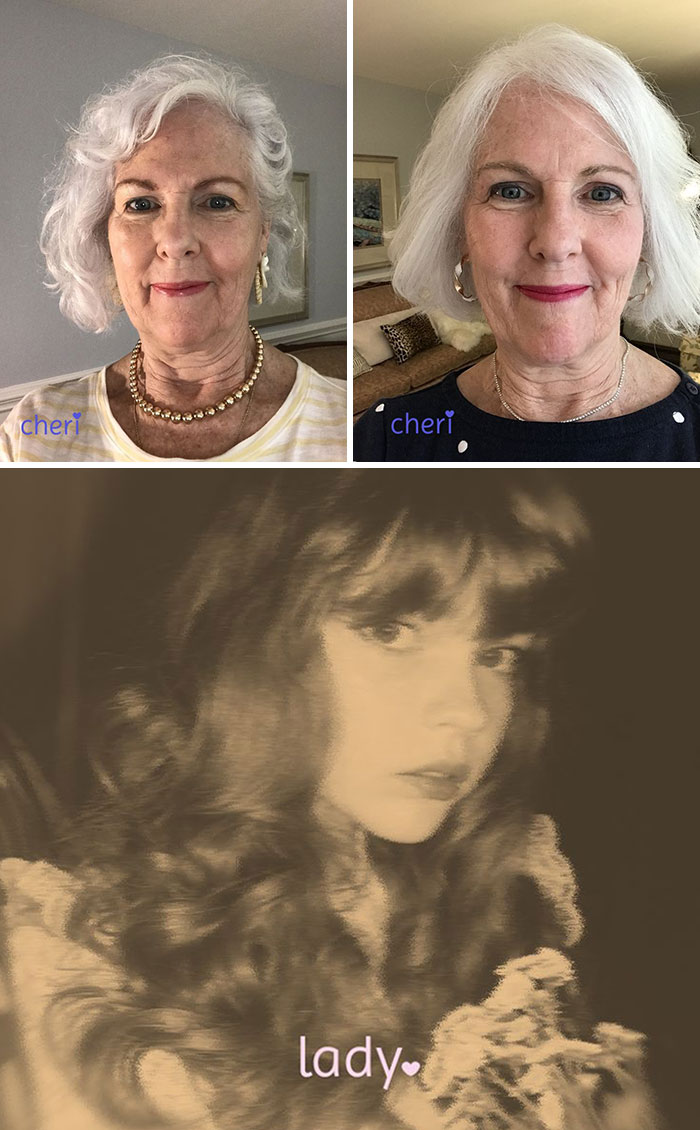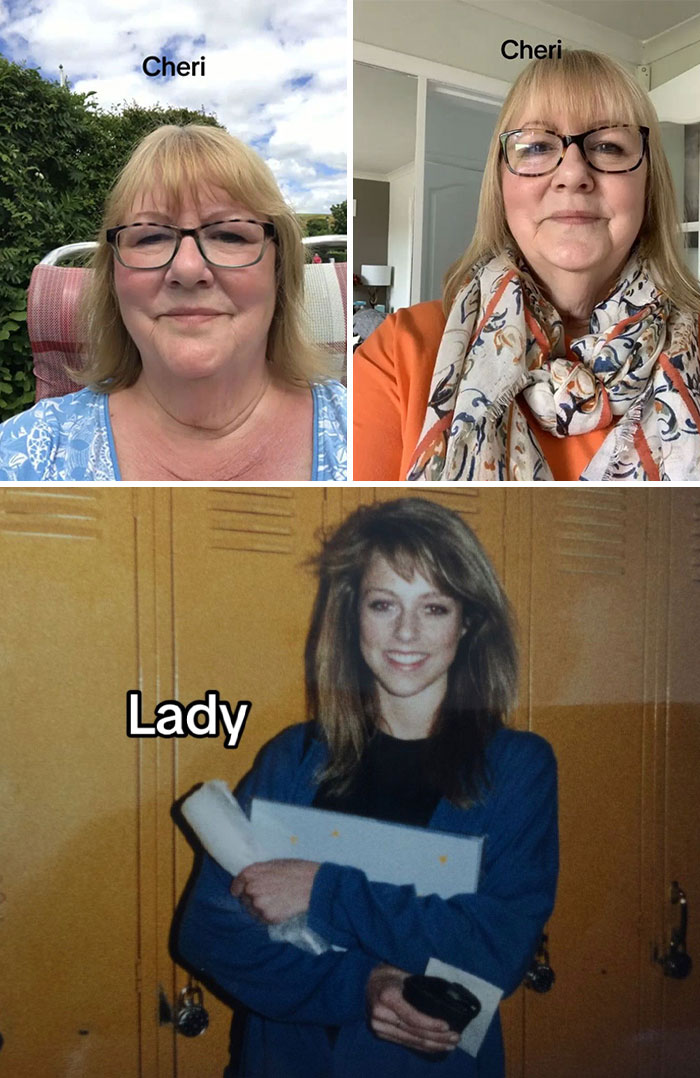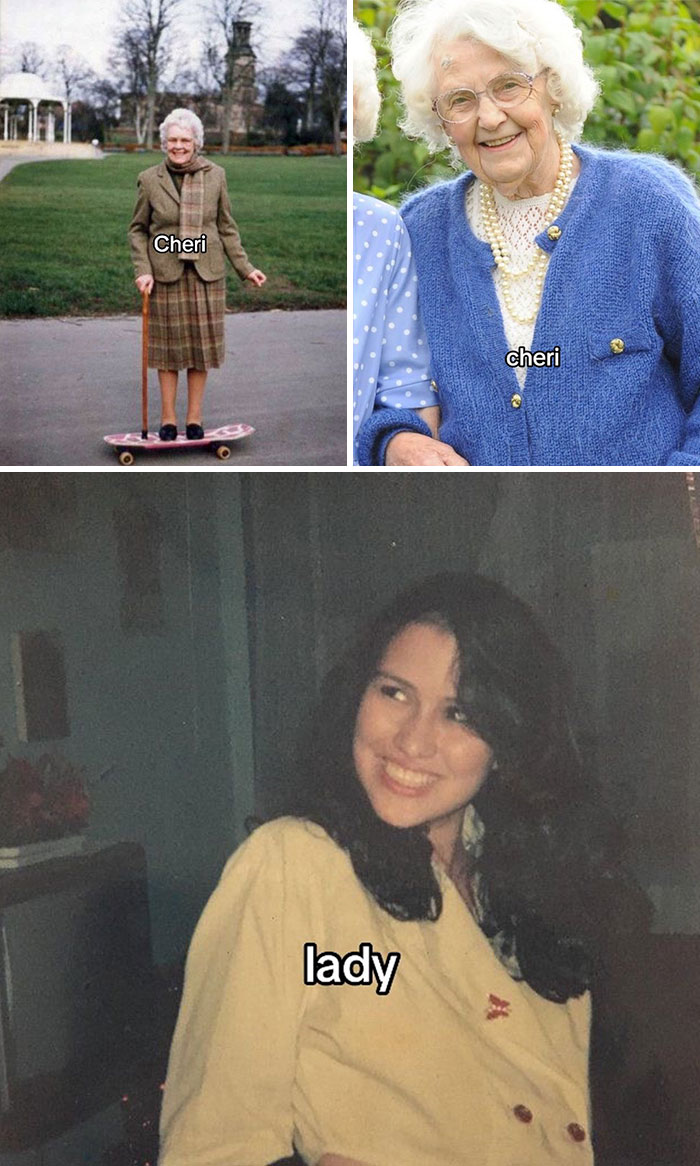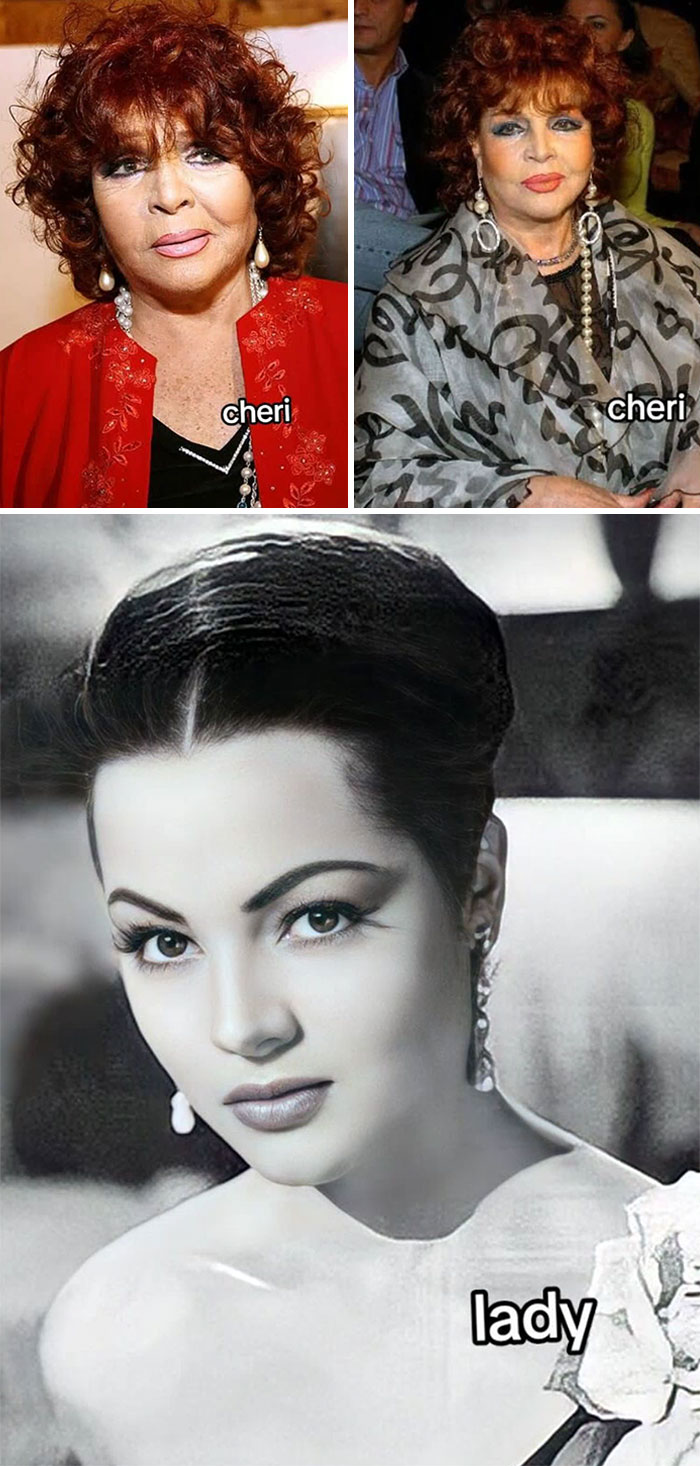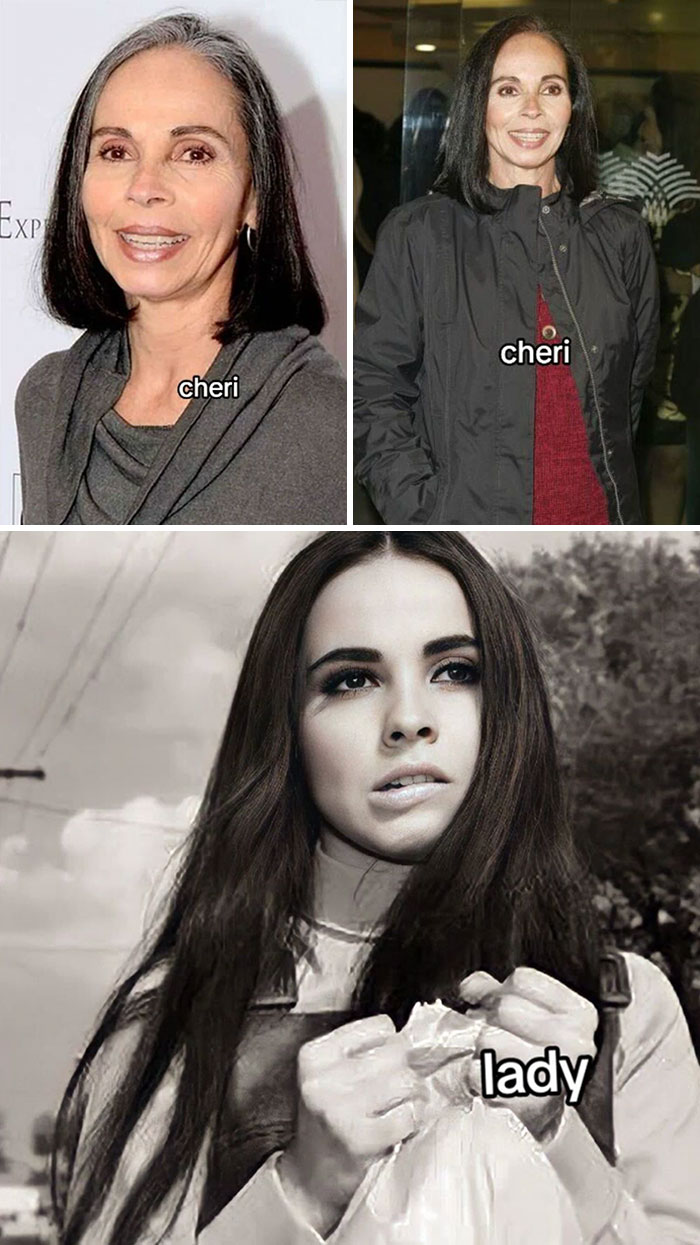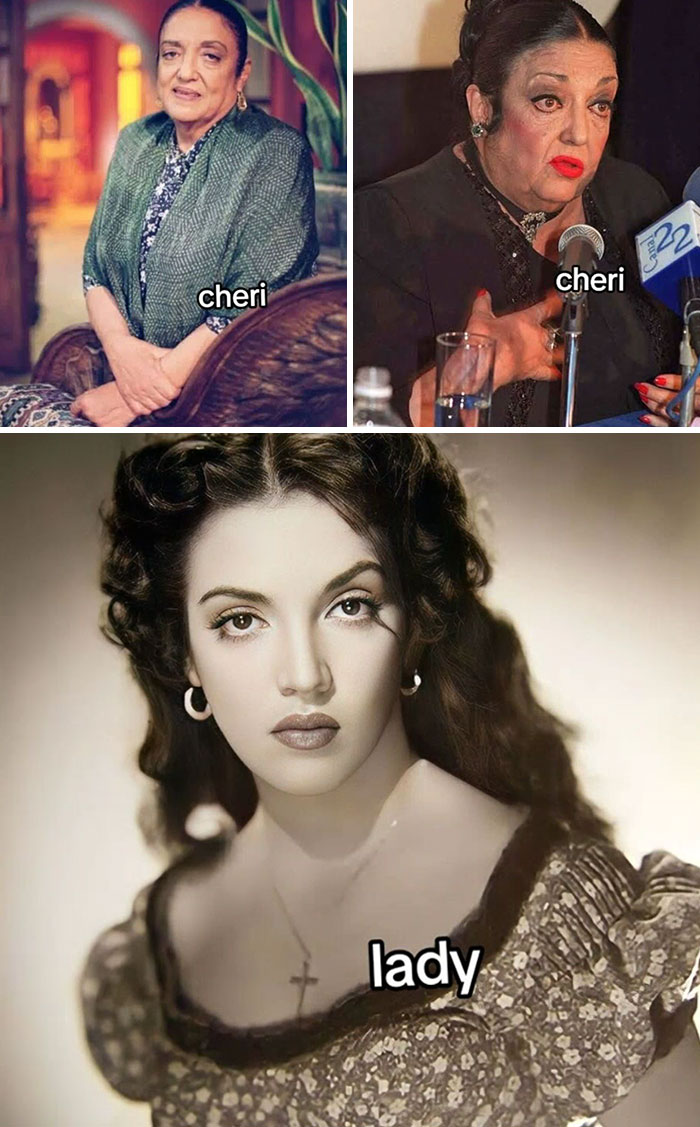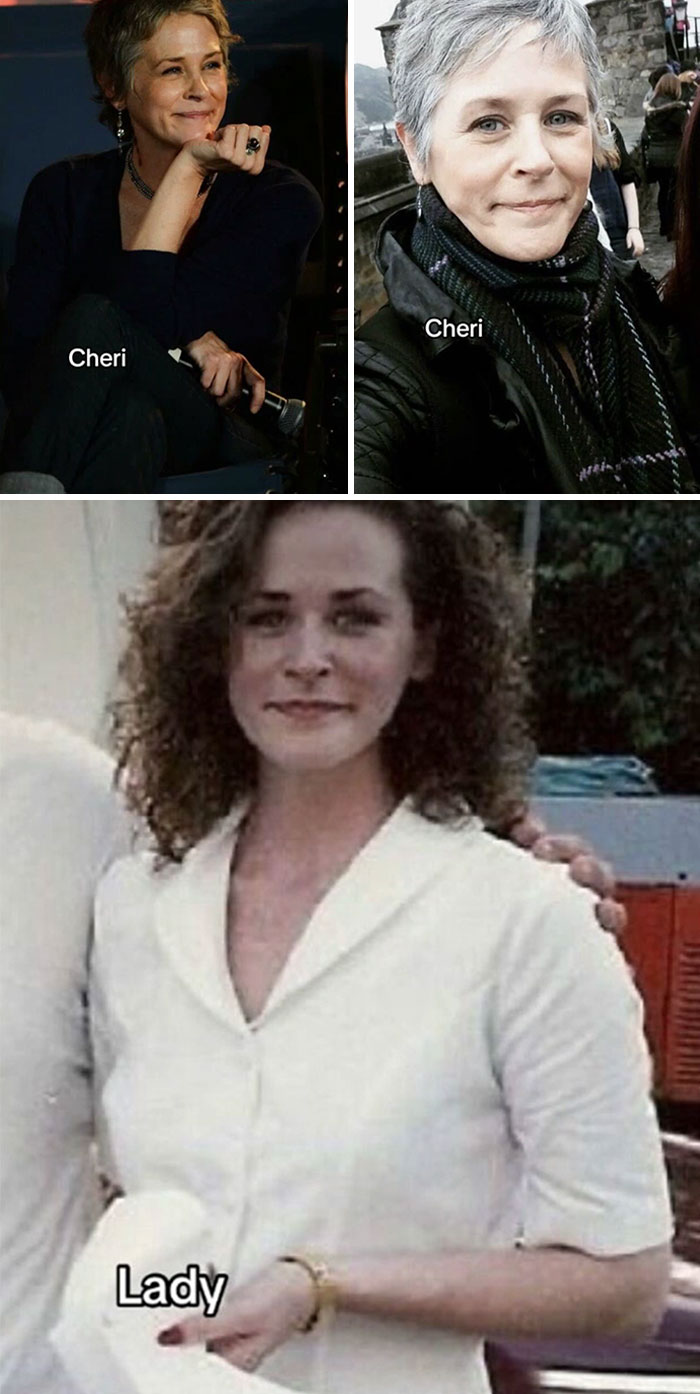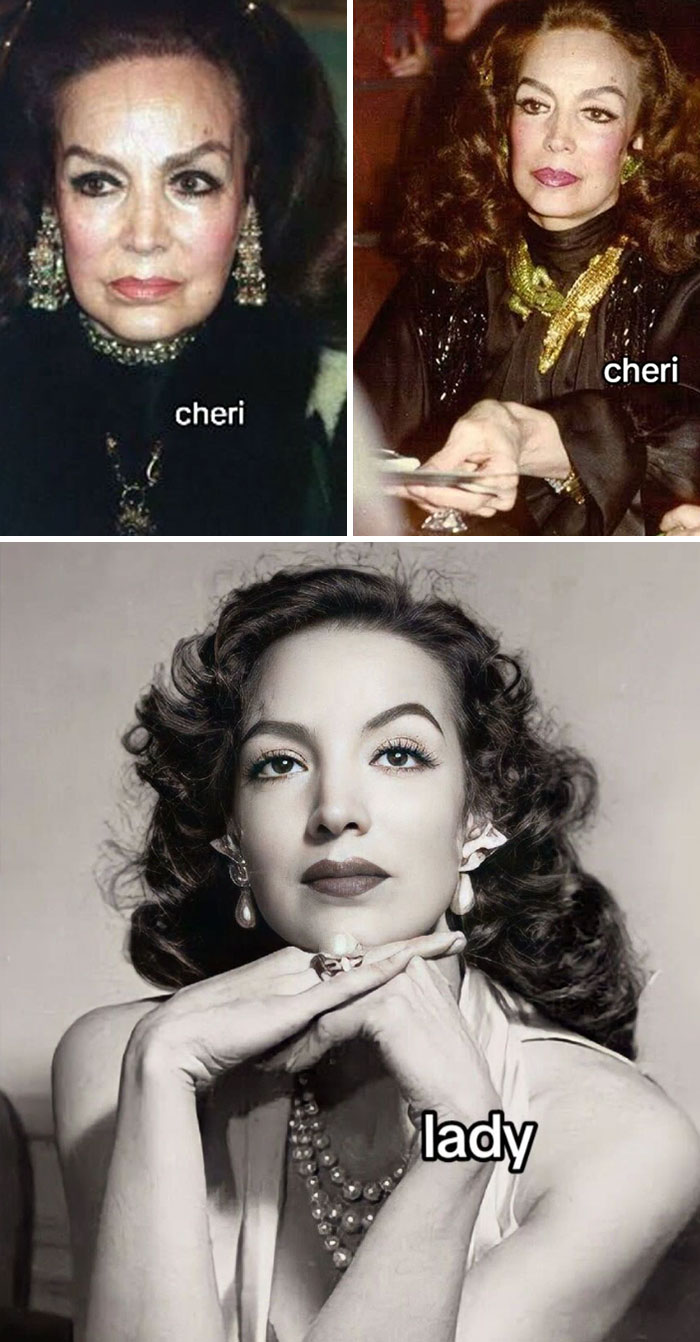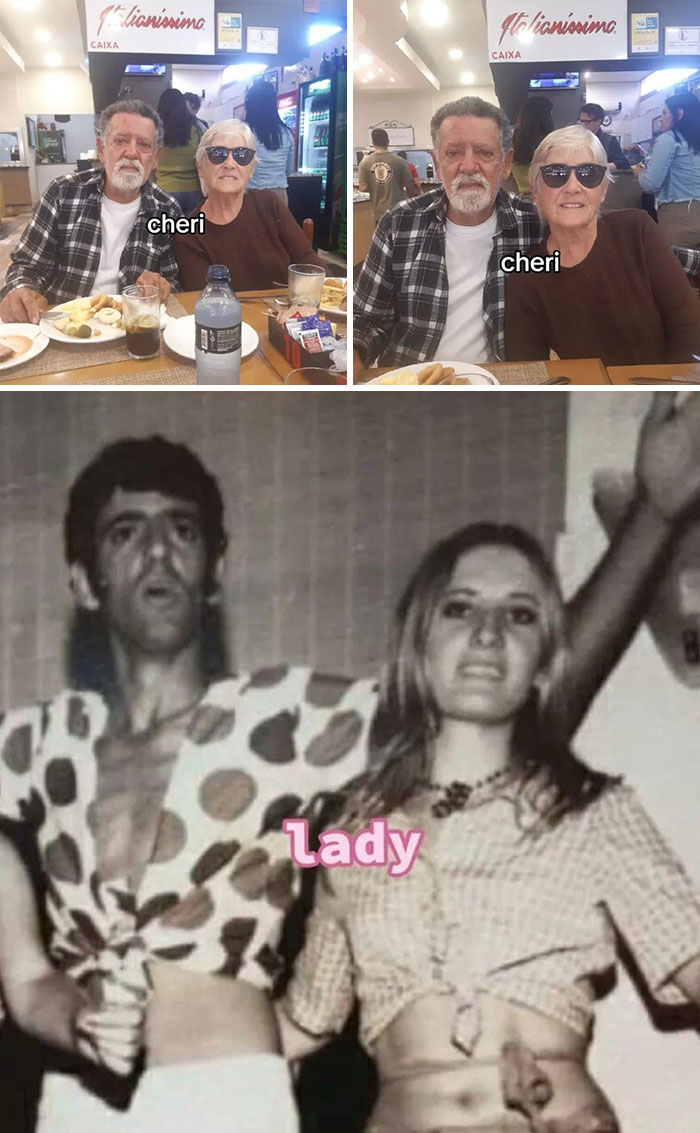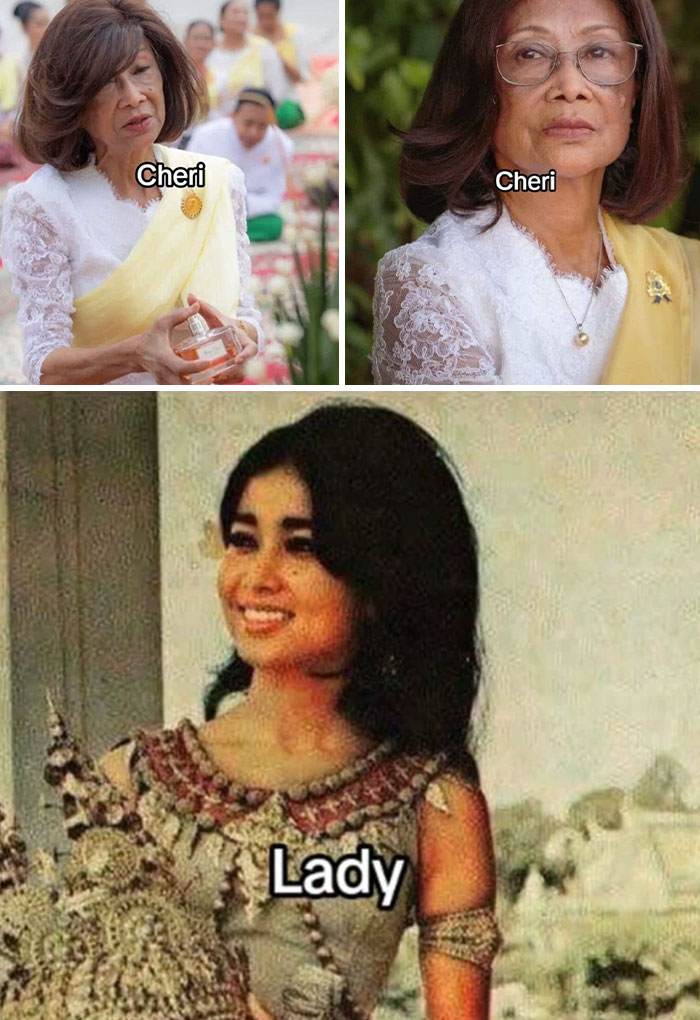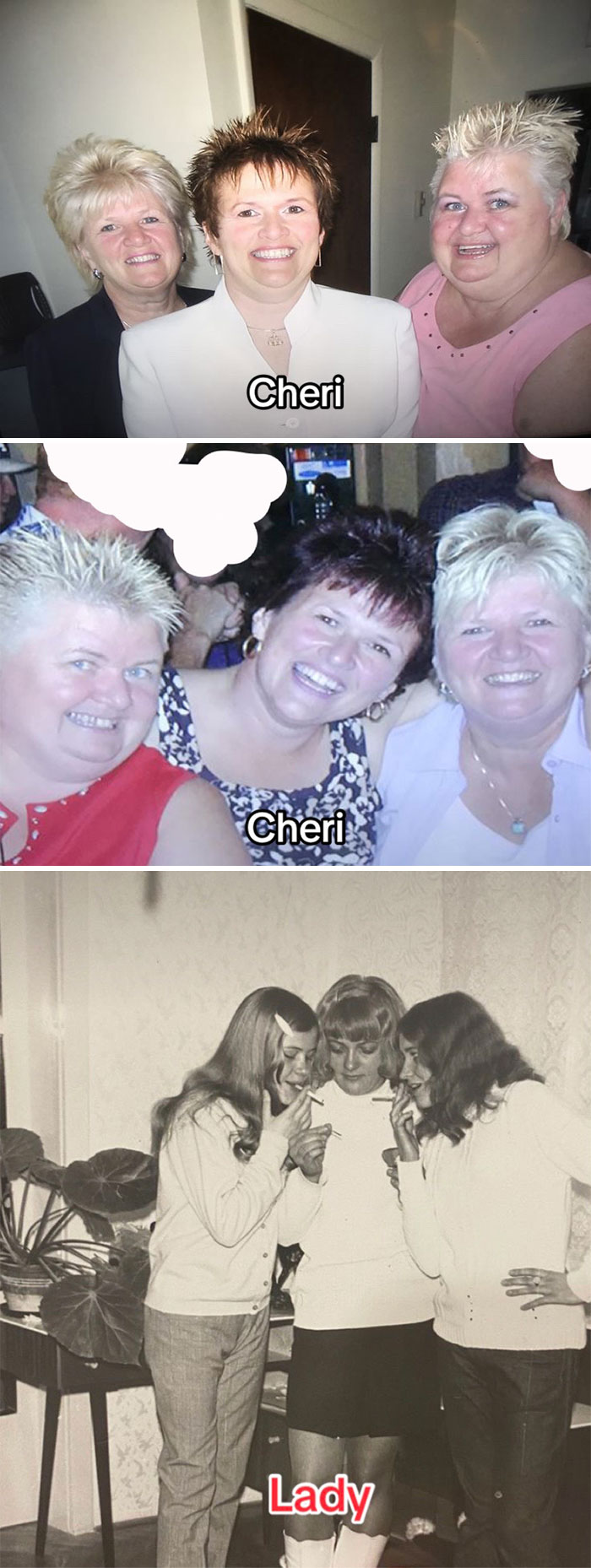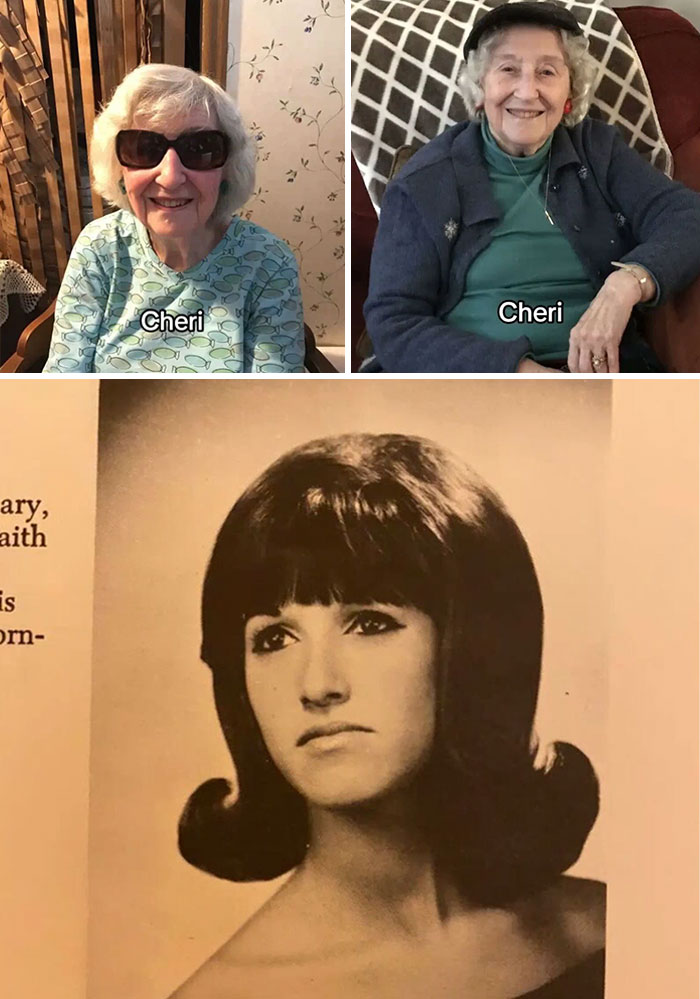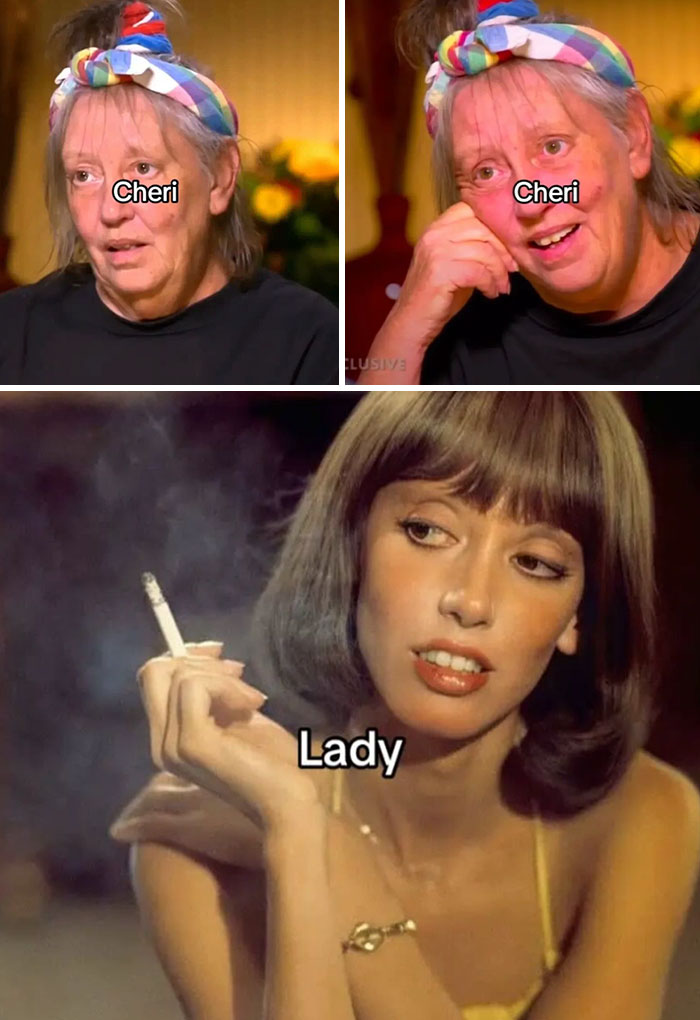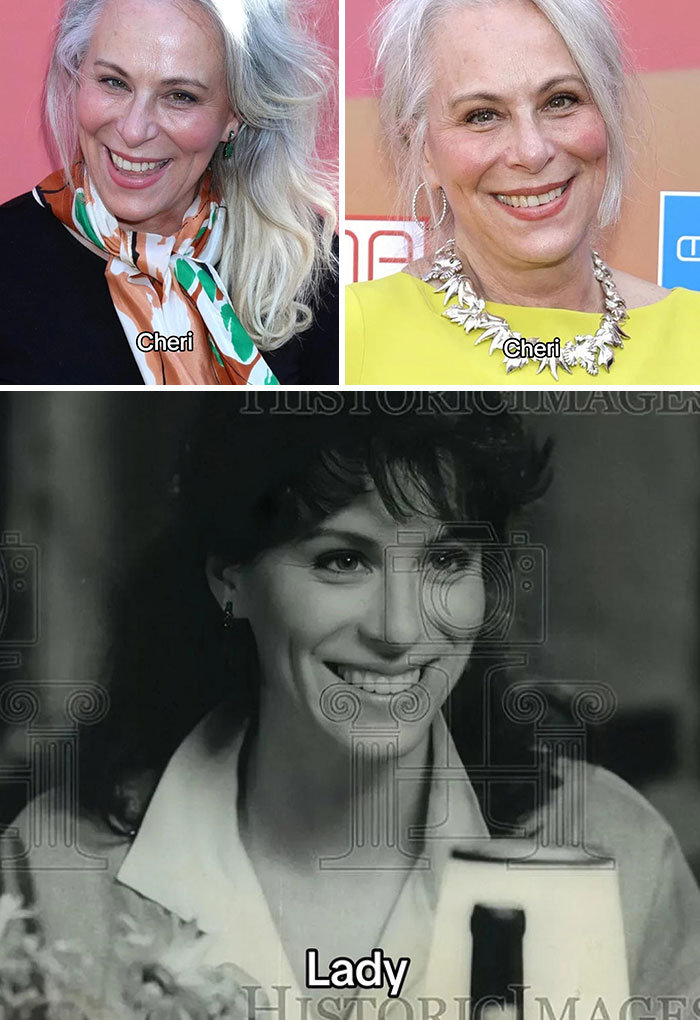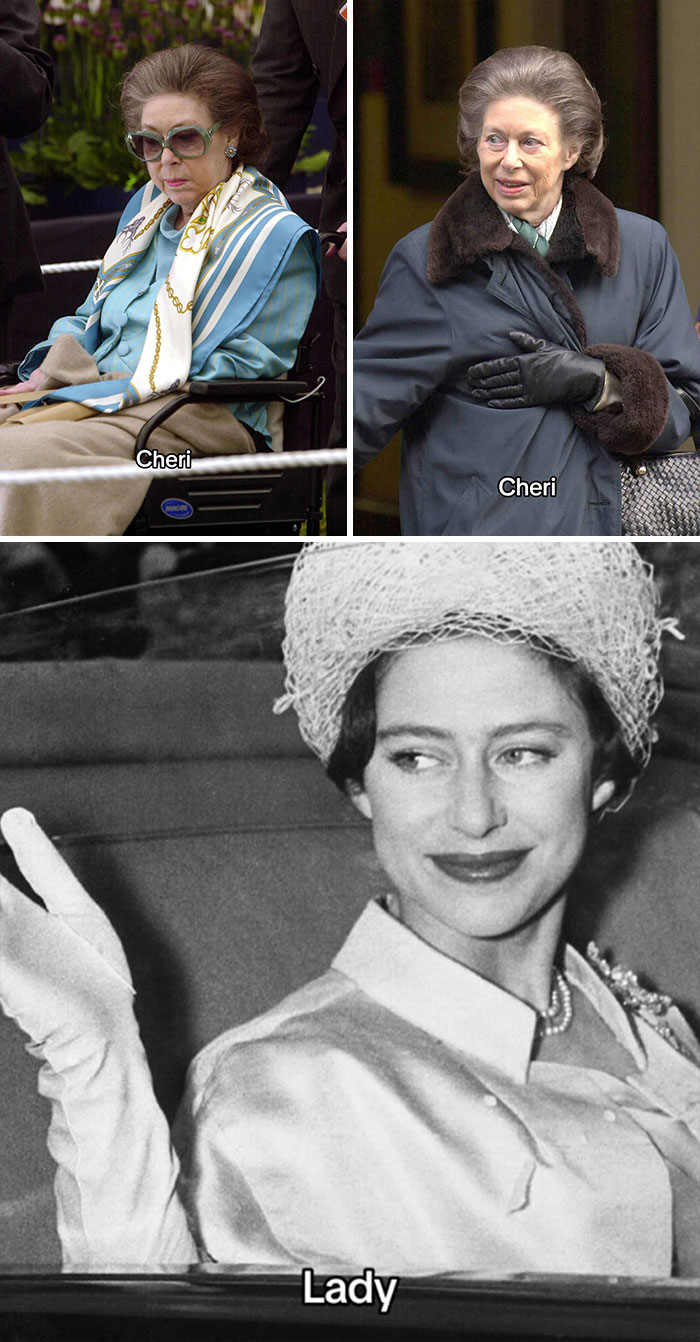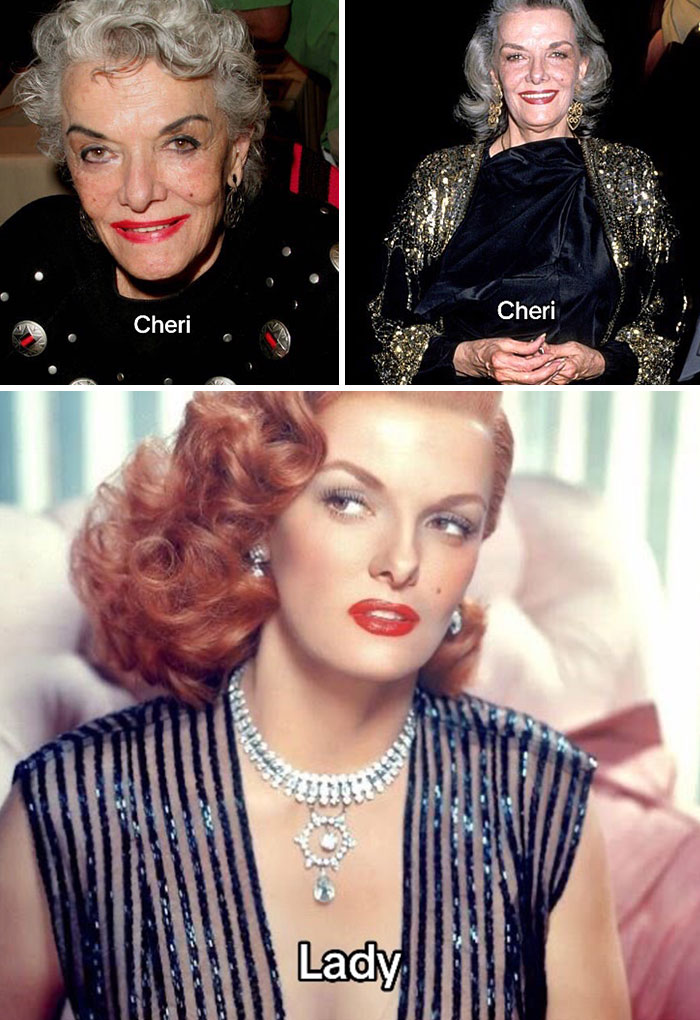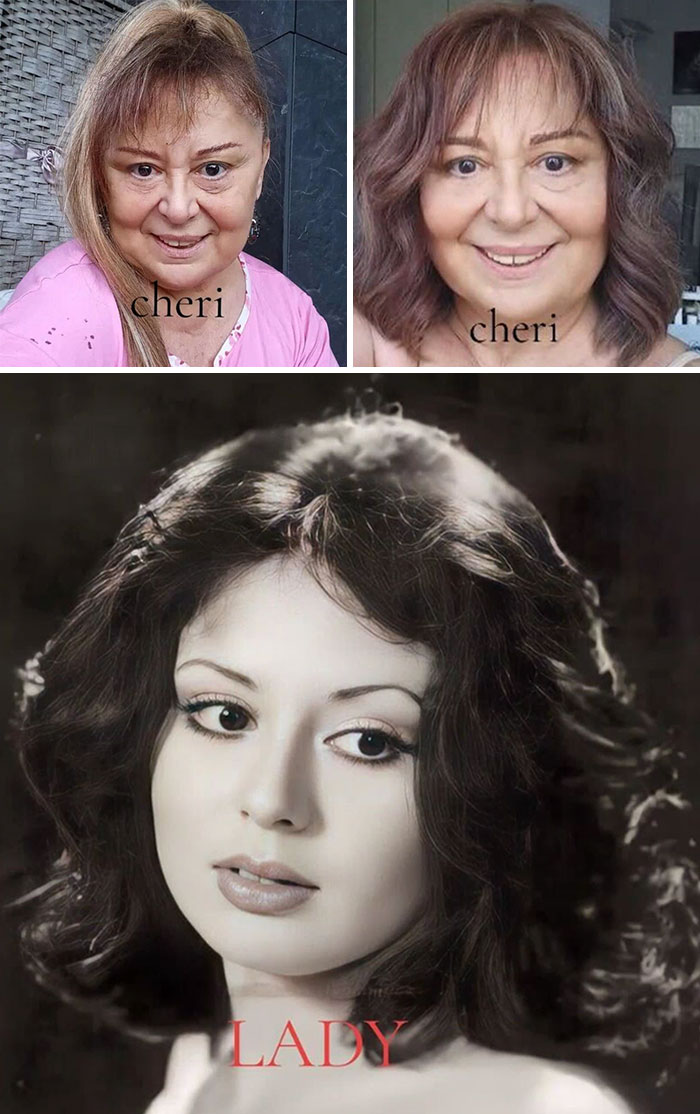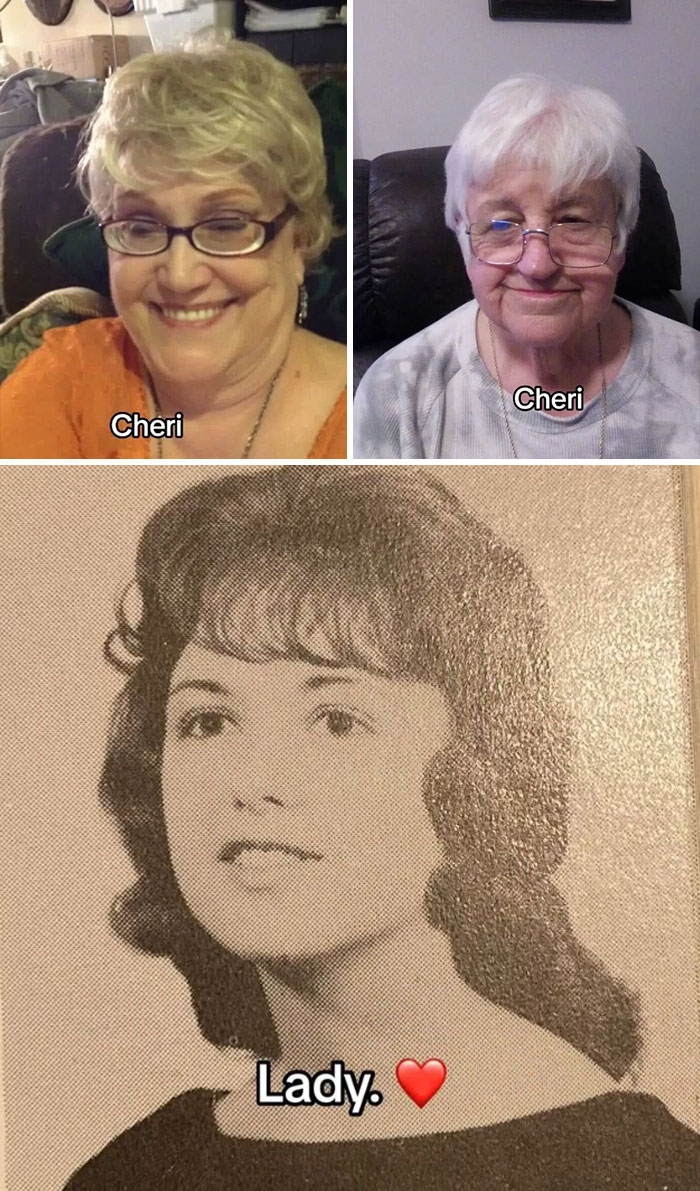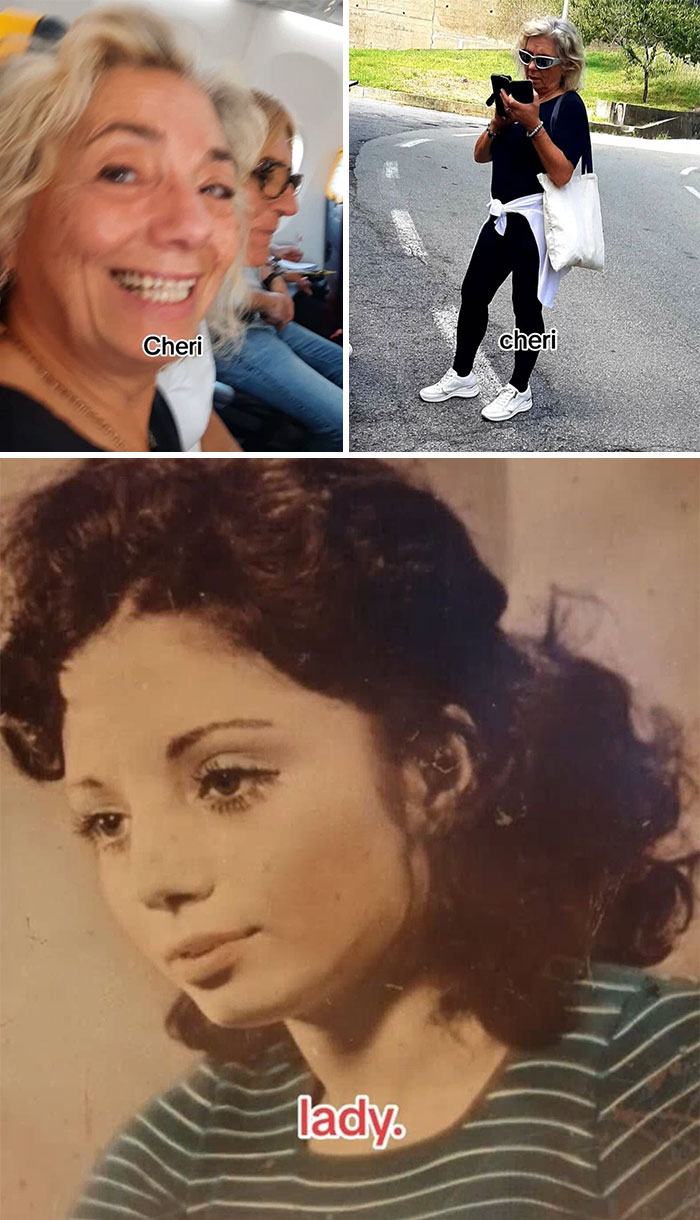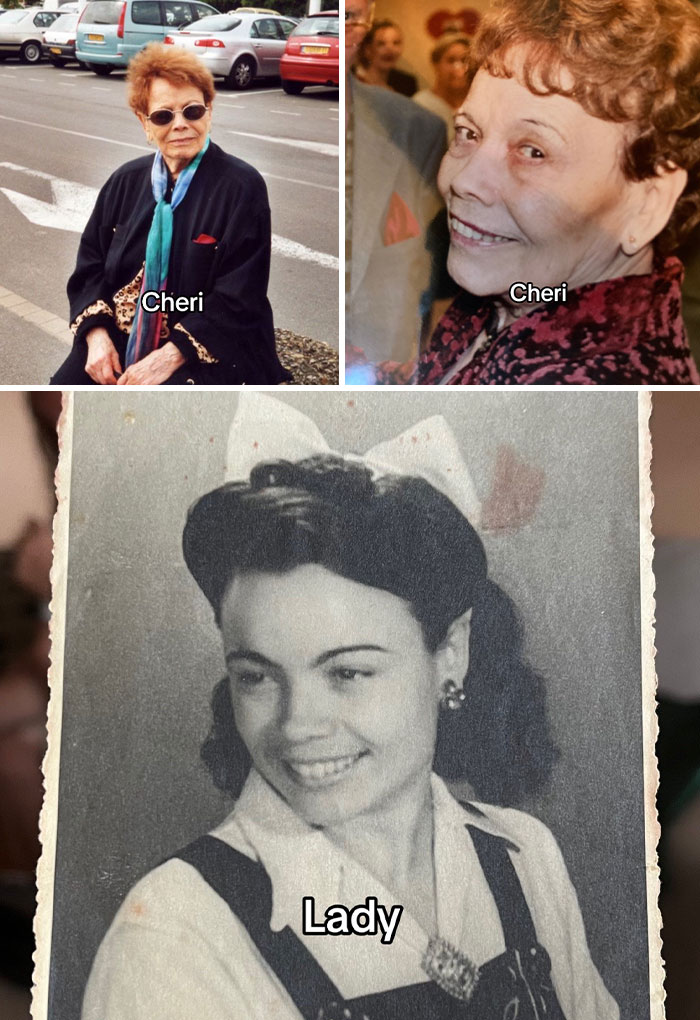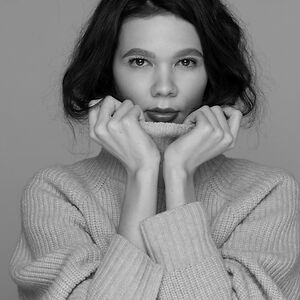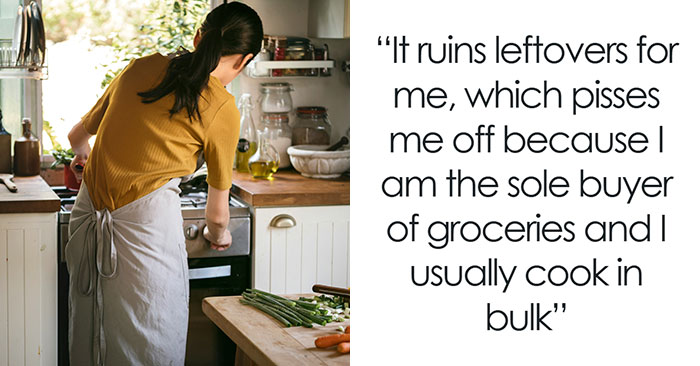There's a song by German pop duo Modern Talking that goes, "Cheri, Cheri lady / Goin' through a motion / Love is where you find it / Listen to your heart."
It's called 'Cheri, Cheri Lady' and it was a hit in many countries in the mid-1980s. But recently, it has also become the soundtrack of a new TikTok trend when — women started playing it while showing now-and-then photos of themselves. Eventually, these clips became so popular that they inspired people to make versions of their beloved idols as well.
Thanks to all of them, we now have a wholesome gallery, reminding us that despite our differences, everyone's journey through time is beautiful and memorable.
This post may include affiliate links.
As we scroll through the personal transformations set to the beats of 'Cheri, Cheri Lady,' it's hard not to think about the passage of time, a concept that haunts many of us on at least some level.
In fact, a 2014 survey of 2,088 Americans age 18 and older, commissioned by the drug company Pfizer, found that 87 percent of people had at least one fear about getting old.
Pfizer also analyzed how aging was being discussed on Twitter.
The results revealed that the majority – 62 percent – of the 4.2 million Tweets posted about aging in the 12 months that the researchers looked at were negative.
And that's not good.
Way back In 68 i was a teenager in high school
"If you address fears or concerns today you can work to make the right health and lifestyle choices that will impact how you age tomorrow," said Freda Lewis-Hall, M.D., Chief Medical Officer at Pfizer.
"People of all ages should start thinking about how they want to age, and turn fears into healthy actions."
It's quite heartening to see that the 'Cheri, Cheri Lady' trend, amidst its vibrant celebration of youth, also graciously acknowledges the inevitability of aging.
I know people in their early 30s who look older than her cheri photos
32 years ago! I did not age very well!
Polls of people at different ages in 149 countries reveal an interesting pattern. When asked to rate their life satisfaction on a scale of 1 to 10, most adults in their early 20s reported fairly high happiness levels, with a gradual fall-off as they approached midlife.
Adults reported being the saddest in mid-life, roughly between the ages of 39 and 57, with the happiness low point at age 50.
Why so many downvotes for Heather Menard? People have a right to their opinion. Silencing people who have a non-offensive opinion is not done.
However, as they aged, older adults rated their life satisfaction much higher, with happiness ratings rising gradually and steadily from age 50 through the decade of the 90s.
Researchers call this process the 'U-curve' of happiness. When put on a graph, the results actually form a lop-sided smile.
The data leaves room for a variety of interpretations, but it seems the realization that our days are numbered helps us savor them even more.
Hopefully, this allows us to look at old photos of ourselves with a smile on our faces, appreciating what once was instead of dwelling on the fact it's now gone.
Me in my ‘65 yearbook photo
The year of 62’ was a blast. I would go back in a heartbeat
Younger her would have been perfect for playing Frenchie in Grease
What is "cheri cheir" ..this isn't a celebration of women it's actually shaming us for aging?
On the app, the articles won't load, on the website, I can't post comments because it fails. Damnit!
Load More Replies...Half of these are fake, like the one that used a pic of Farrah Fawcett.
Well, they are from TikTok, not sure what people expected.
Load More Replies...What is "cheri cheir" ..this isn't a celebration of women it's actually shaming us for aging?
On the app, the articles won't load, on the website, I can't post comments because it fails. Damnit!
Load More Replies...Half of these are fake, like the one that used a pic of Farrah Fawcett.
Well, they are from TikTok, not sure what people expected.
Load More Replies...
 Dark Mode
Dark Mode 

 No fees, cancel anytime
No fees, cancel anytime 






